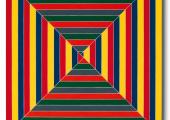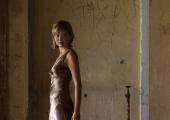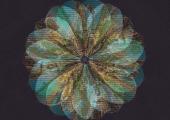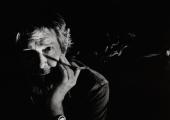Lucinda Childs Dance Company, Barbican Theatre
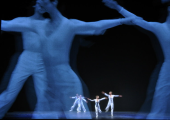
An astonishingly beautiful piece of dance minimalism from America's golden period
There are various disinterments of supposedly iconic dance-makers going on in this year's Dance Umbrella (some live ones more dead than the dead ones), but no one is going to beat for sheer éclat Lucinda Childs’ astonishingly beautiful minimalist 1979 creation Dance, on this week at the Barbican.
Minimalism is now a comfortable old sofa for today’s generations of dance-watchers, often handed very small platefuls of ideas, but this 60-minute piece has an understated poise and rich cleverness that shows American modern dance at the very top of its artistic game.

